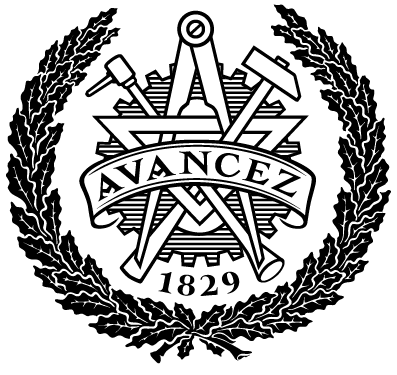Innovation in mathematics education A synthesis of the debate
Ladda ner
Publicerad
Författare
Typ
Examensarbete för masterexamen
Master Thesis
Master Thesis
Modellbyggare
Tidskriftstitel
ISSN
Volymtitel
Utgivare
Sammanfattning
Mathematics is one of three core subjects in Swedish schools and we put a lot of time and effort into teaching all children mathematics. However, many pupils and adults do not understand the purpose or applications of mathematical knowledge and why we all need it. Issues regarding mathematics education are debated on all levels of society, in national politics as well as in local newspapers, and most people seem to have an opinion about what the problem is or what we should do about it. With this as background I have investigated the question “How do we want to organize mathematics education?” with focus on Swedish upper secondary education. However, I believe that the results are relevant for mathematics education on most levels in many countries. Since I also have studied architecture, a subject which is often labeled as creative, and have experienced very different teaching methods compared to mathematics education the thesis is also focused on the relationship between mathematics and creativity. The thesis argues that the debate on mathematics education consists of several different questions that are discussed simultaneously. To better understand what the issues are, I have categorized the critique of mathematics education into three main questions: “Why do we study mathematics?”, “What do we teach?” and “How do we teach mathematics?” The study is based on interviews and a review of the mathematics education research literature. The interviews present four different professional perspectives on mathematics, problem-solving and creativity and the review serves as base for the categorization of both critique of the current state of mathematics education as well as proposals of what should be done to improve the situation. The thesis presents three common propositions on how to change mathematics education to increase pupils’ motivation and knowledge: “A problem-solving approach”, “A modelling approach” and “A redefinition of school mathematics”, and describe how these answer the questions why, what and how we should teach and learn. A conceptual framework was developed to compare the three different propositions to each other, and to the traditional way of teaching, to illustrate the similarities and differences of the different approaches. To highlight some important aspects of mathematics education a comparison to architecture education is conducted since the author has experience from both subjects. The thesis concludes that there is no total consensus about how we should improve mathematics education but that there is agreement on some points. Most researchers agree that mathematics education should be an investigative and creative subject, where students get to explore mathematics rather than just reading about what mathematicians have discovered before them.
Beskrivning
Ämne/nyckelord
Annan data- och informationsvetenskap, Other Computer and Information Science
